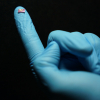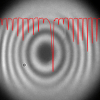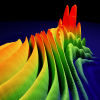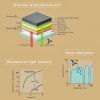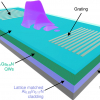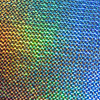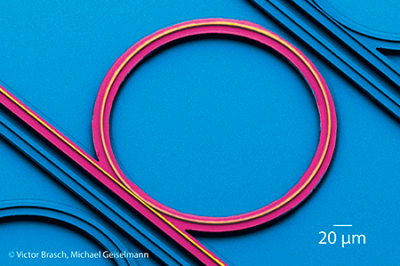
Researchers funded by the Swiss National Science Foundation (SNSF) have successfully produced optical solitons—light waves that retain their shape—using a microresonator. The light is composed of a range of frequencies separated very precisely by the same distance, producing a frequency comb.
To generate the solitons, researchers at EPFL and the Russian Quantum Center in Moscow have used microresonators. “These microscopic ring-shaped structures are made from very fine silicon nitride”, explains Tobias Kippenberg, the EPFL group leader. “They are capable of storing for a few nanoseconds the light of the laser to which they are coupled. This period of time is sufficient for the light to circumnavigate the ring thousands of times and to accumulate there, which strongly increases the intensity of the light.” The interaction between the microresonator and the light becomes non-linear. The laser, which is normally continuous by nature, is converted into ultra-short pulses: solitons.
By adapting the parameters for manufacturing microresonators, the EPFL researchers additionally managed to generate a so-called soliton Cherenkov radiation. This broadens the frequency spectrum: the comb contains a greater number of teeth. Published in Science, the results have set a new record for this type of structure. The frequencies generated now extend over two thirds of an octave compared with the frequency of the laser.
“These results represent a promising advance for applications that require many widely spaced frequencies”, says Kippenberg. In the context of optical communications, one single laser would be enough to create a range of individual frequencies which could separately carry information. Chemical spectroscopy and atomic timekeeping are other potential fields of application. “We have filed a patent, since there is potential for further technological developments”, says Kippenberg.
Frequency combs, a discovery by Theodor Hänsch and John Hall that won them a Nobel Prize for Physics in 2005, are generally created using very large lasers. “The ability to produce optical frequency combs using small chips represents an interesting advance for making them more user-friendly”, says Tobias Kippenberg.






